In the context of the global economy still having many fluctuations, “GDP in 2025 is expected to increase by over 8%” as Prime Minister Pham Minh Chinh reported to the National Assembly yesterday morning is a very positive signal. It reflects the resilience and flexible adaptation of the economy, and at the same time shows that the management policies have been effective.
Entering 2026, when the growth target of over 10% is set, the story is no longer about maintaining momentum but about creating a breakthrough. In the context of slow global economic growth, high inflationary pressure, complex geopolitical conflicts, along with domestic natural disaster risks, achieving continuous double-digit growth will be a difficult challenge. Because if chasing numbers without a foundation, the economy can easily fall into the "hot growth trap": growing rapidly but unsustainably, leading to inflation risks, fiscal deficits and macroeconomic instability.
But we cannot stop because it is difficult. Because if we want to escape the middle-income trap, Vietnam cannot just take small steps. A big goal will force the entire policy system, the executive apparatus and the business community to innovate more strongly, dare to think, dare to do, dare to reform deeply. The question of "whether we can achieve 10% or not" is therefore important, but not the core. What is more important is what will Vietnam do to get closer to that number and how?
Before the 10th Session of the National Assembly, the Economic and Financial Committee held a consultation with economic experts. Here, experts said that double-digit growth can only be achieved through fundamental reforms, not relying on short-term stimulus packages. The top priority is to maintain macroeconomic stability, control inflation and maintain market confidence. Fiscal and monetary policies need to be flexible, but not trade long-term stability for short-term results. Meanwhile, institutional reform must be considered the “key of all keys”, the driving force to unlock resources, encourage private investment, improve productivity and innovation.
To achieve high growth in the long term, Vietnam also needs to promote endogenous drivers such as science and technology, digital transformation, green economy and knowledge economy. Policies must aim to nurture these areas, instead of short-term interventions to regulate growth. Along with that, effective implementation of Resolutions No. 66-NQ/TW and No. 68-NQ/TW of the Politburo on institutional reform and private economic development will help restore market confidence and promote the private sector to become a real driver of growth.
From the business perspective, what they need most is not incentives, but stability and consistency in policy. A transparent and predictable legal environment will help businesses dare to invest long-term and expand their scale. Cutting administrative procedures, eliminating informal costs, improving enforcement capacity and enhancing accountability of public agencies are prerequisites to strengthen trust and stimulate the entrepreneurial spirit. Only then will people's resources be released, and that is the most meaningful and effective "stimulus package".
Double-digit growth has never been an easy target to achieve. But because it is difficult, when the National Assembly discusses it, what the delegates care about is not just the numbers, but the way to go: by internal strength, by reform and by the desire for innovation. The high goal is not to create pressure, but to inspire, to push the whole system to operate more effectively and transparently. And when the desire for development goes hand in hand with the determination to reform, that is when Vietnam can create miracles, not only in statistics, but in the belief of the whole society in a prosperous, sustainable and self-reliant future.
Source: https://daibieunhandan.vn/dat-muc-tieu-cao-de-cai-cach-sau-hon-10391134.html








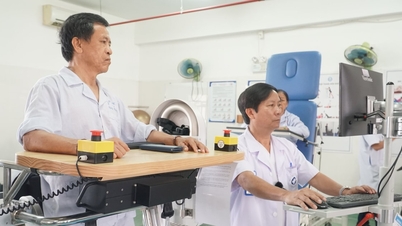










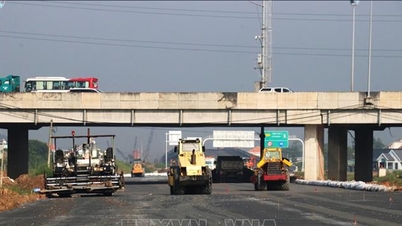



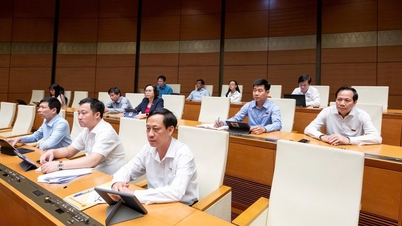

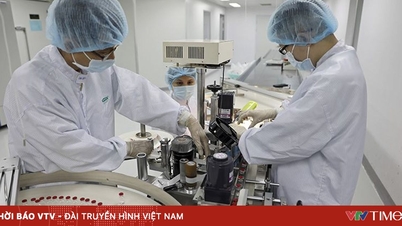







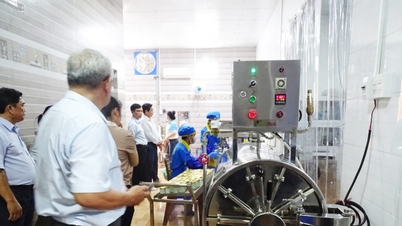

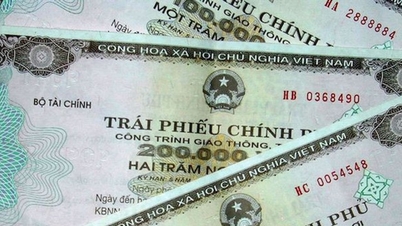
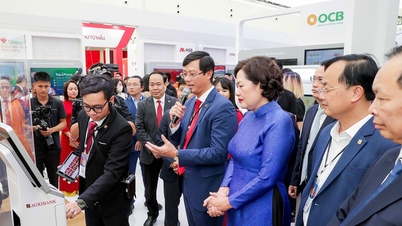











































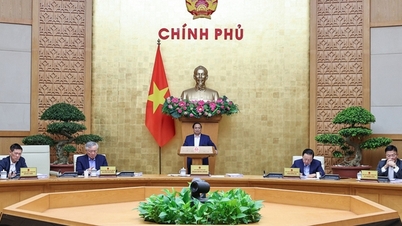


























Comment (0)